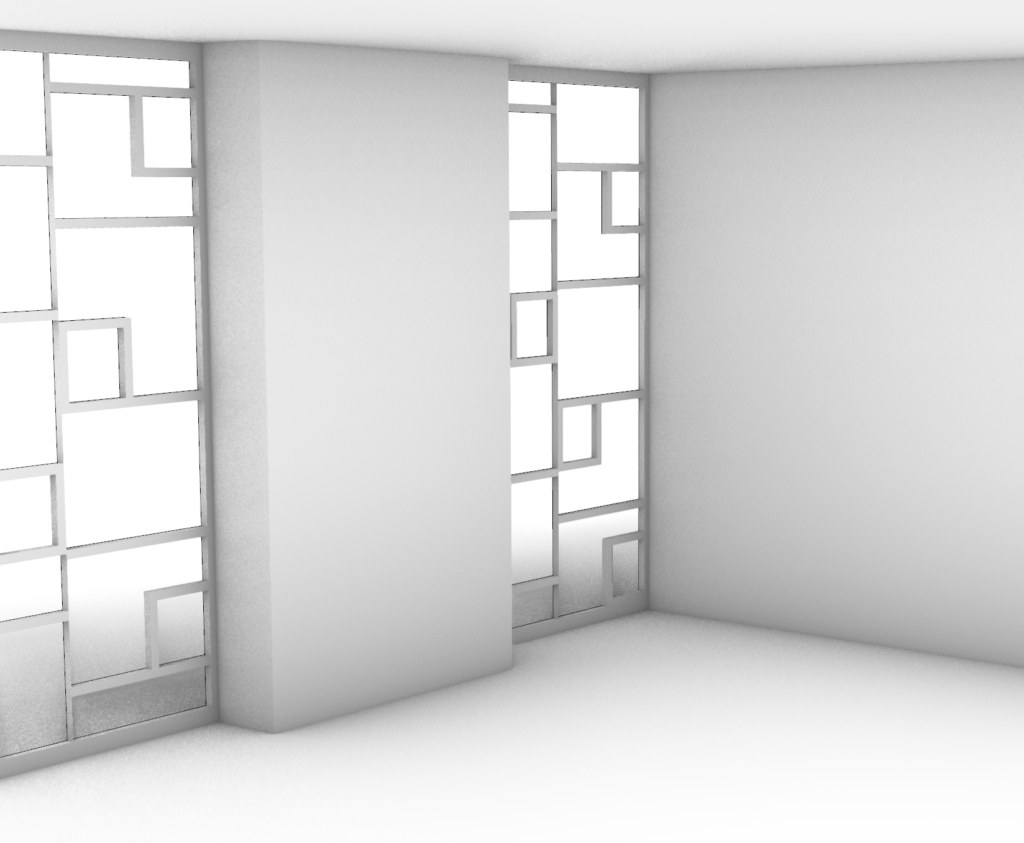As I read through the first few chapters of Tschumi’s “Architecture and Disjunction” I couldn’t help but to make multiple comparisons to his chapter on Space. In his book Tschumi is able to make multiple comparisons himself as he tries to analyze how we have depicted space as humans and what space means in architecture. Tschumi organized his analysis by first advancing chronologically through some of the major theories on space in historical time periods. “But space was generally accepted as a cosa mentale, a sort of all embracing set with subsets such as literary space, ideological space, and psychoanalytical space.” (Tschumi 29-30) The term cosa mentale caught my attention and I had to look it up in order to further understand Tschumi. Its direct translation to english is “mind matter.” Essentially, Tschumi is pointing out that for a good chunk of time people believed this was the definition of space and it wasn’t until the 20th century that we began to further break it down.
My thoughts started flowing as I got deeper into his dissection of what space is in architecture. The first lightbulb came when Tschumi stated, “Architecturally, to define space (to make space distinct) literally meant “to determine boundaries.” (Tschumi 30) He was referring to the early 19th century architectural definition of space and how literal it was. However, I related this to Mies and his analysis of space. It was always clear through aspects of his architecture that he was trying to create the depiction of infinite space. This is shown through nearly every piece and is especially shown in the Barcelona Pavilion and in many of his drawings and renderings. But it became clear to me after reading Tschumi that there was a stimulus to Mies’ infinite space theme. Mies no longer wanted to define architectural space by real boundaries. He wanted to offer the opportunity for ideal boundaries that the observer would create in their own mind. Whether it was with cruciform columns or reflective pools, infinite space wasn’t just about implied boundaries, it was about the infinite possibilities of space that each individual observer would experience.
As the chapter went on, more connections were revealed to me and clarified further the reasoning behind so many works of architecture that I hadn’t fully understood. “So the language is closed in on itself, and architecture becomes a truly autonomous organism. Forms do not follow functions but refer to other forms, and functions relate to symbols.” (Tschumi 37) Here Tschumi has arrived at his point and his theory of space, yet it still sounded familiar to me. Looking back in my notes I discovered that this definition is largely similar to Rossi’s symbolism in Citta Analoga. It became so clear to me what he was trying to say. Architecture is autonomous, it describes itself and is made up of smaller references within itself both physically and symbolically. Additionally, Tschumi’s statement clarifies Venturi and Scott Brown’s ideas in Learning from Las Vegas. The functions of each of the cities’ symbols can be described as a story with interconnected parts. They show this through their “Space, Scale, Speed, Symbol Model.” (Attached image)
Overall, Tschumi’s ideas somehow unlocked something in my brain that allowed me to better understand all of these different works of architecture. I was able to make sense of why these people made the decisions they did as well as reveal to me why I made some of my own decisions in some of my works of architecture. I attached some pictures of my work in ARCH 143 that was an exercise on space. The 2D graphics were an exercise where we were trying to depict the architecture of a room in a film whilst holding time constant. It was a unique exercise but I am able to understand it more now after reading Tschumi and seeing some of Guy Debord’s graphics in Guide Psychogeographique de Paris. The 3D images were an exercise on creating space using symbols with no context to each other or having context of their surroundings. Seeing some of Tschumi’s renderings on page 51 of the Manhattan Transcripts I can make a better connection as I analyze his thought process through his images.
Tschumi, Bernard. “Spaces and Events.” Chapter in Architecture and Disjunction, 139–51. Cambridge, MA: MIT Press, 1981.
Tschumi, Bernard. 1963. The Manhattan Transcipt.







While I didn’t assign the essay “Spaces”, I thoroughly enjoyed your thoughts on the essay. I think it provides for an important overview of the chronology covered in class, and how there are some common themes running across stylistically and rhetorically opposing movements. To top it off, you then brought the conversation full circle to your own work – and I do agree completely that I see the psychogeographic element of your studio work last semester. We could further tie this into what Tschumi had stated in “Spaces and Events”, where it was critical for him (and his students) to choreograph the sequence of a space through selected frames, shots, as you’ve shown above. Excellent post.